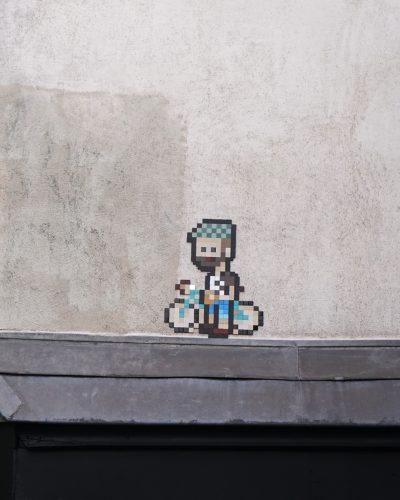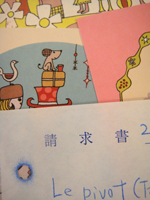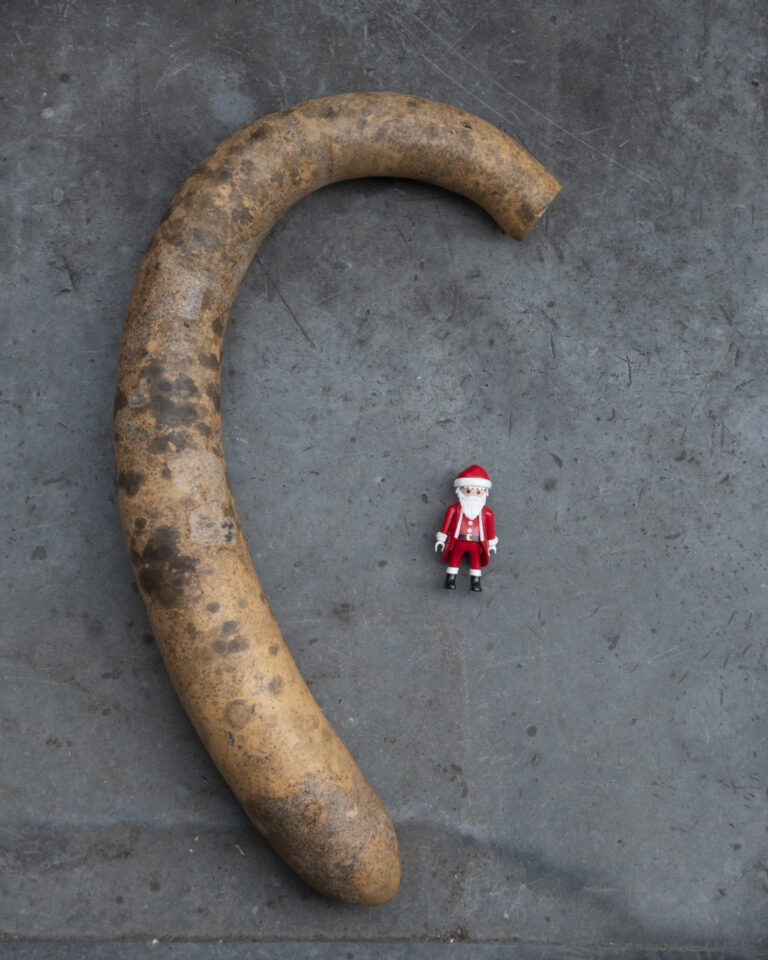
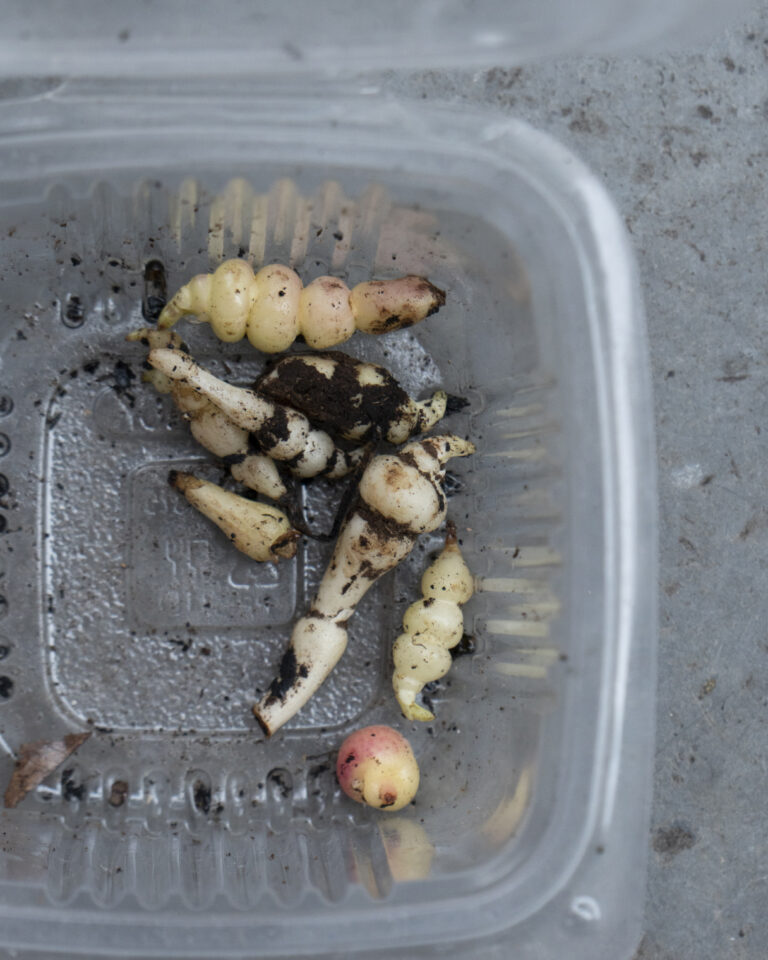
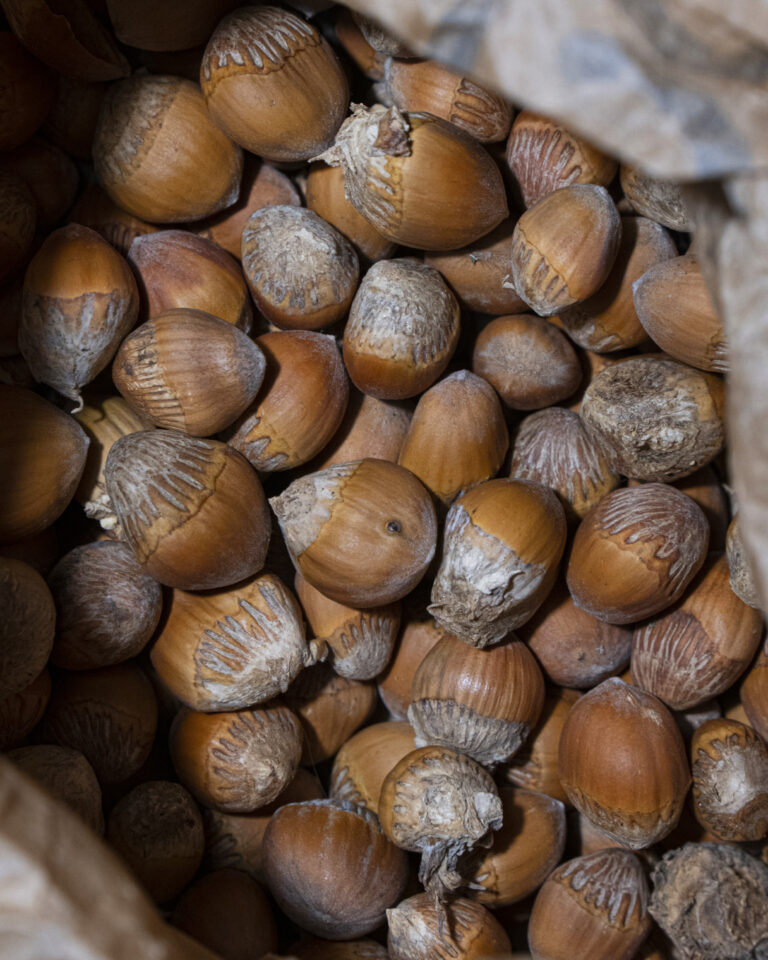
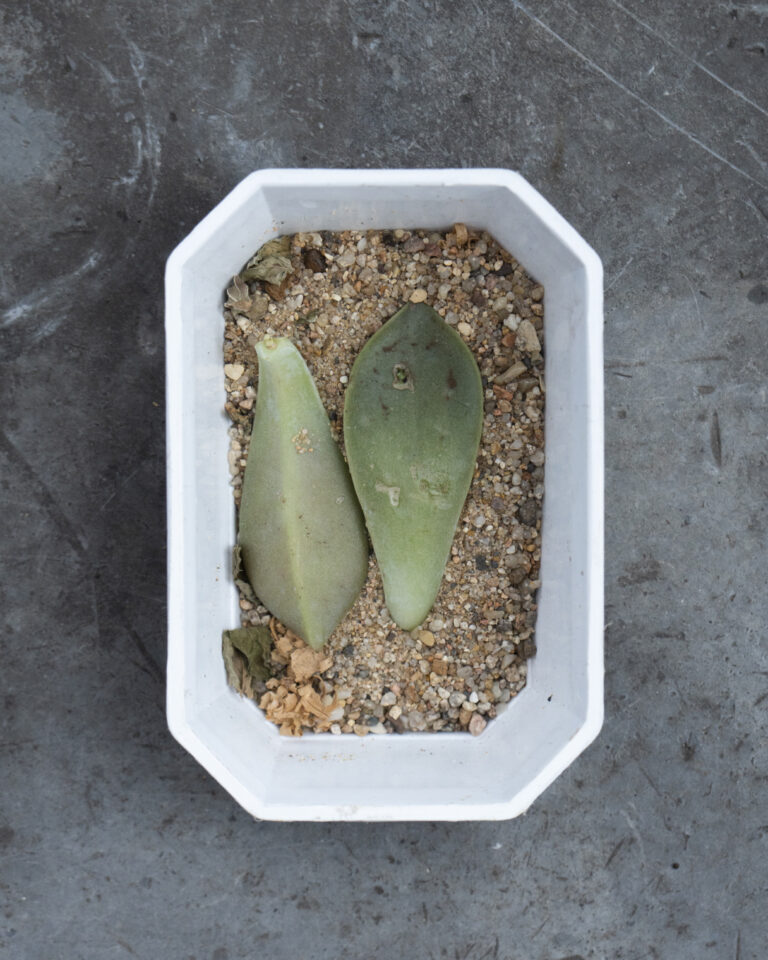
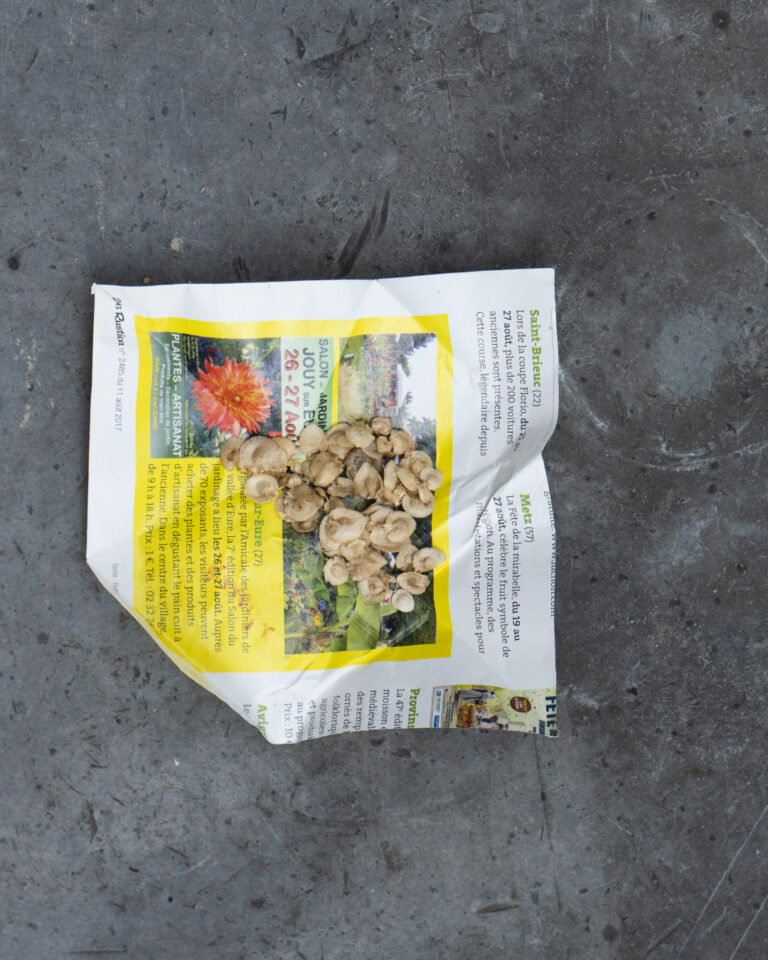
Crosne du japon
そらの初めてのインターンが終わりましたー。
無事に終わって、家族でホッ。
パリ20区周辺の小中学校の畑の整備をしたりして、靴を泥だらけにして帰ってきていました。
アソシエーションのスタッフや、ボランティアの人々に囲まれて、とても充実した毎日だったようで、
彼女の言葉をかりると、「心が洗浄されたような一週間だった~」みたい。
「人と人のふれあいって本当に大事だと思った~」ということでも、もうココに就職したいそうです。
写真は、毎日のようにいただいてきた戦利品。
2枚目は、芋虫かと思いましたが、日本のチョロギというシソ科の多年草の塊茎部分です。
これを赤く染めて、おせち料理の飾りつけに使うそうです。が、見たことないです。
漢字では、「長老木」と書くそうで、縁起がいいのかも?
フランス語では、 Crosne du japon (クロスヌ・デュ・ジャポン)と呼ばれています。
Crosne du japon
Sola’s first internship is over!
We are relieved as a family that it was over without incident.
She came back with her shoes covered in mud from working in the fields of elementary and junior high schools around the 20th arrondissement of Paris.
Surrounded by the association’s staff and volunteers, she had a very fulfilling day.
“I thought that human contact is really important”, she said, and she want to work at there.
The photos are the souvenir that we received every day.
The second one, which I thought was a caterpillar, is the tuber part of a Japanese chorogi, a perennial plant of the Cyperaceae family.
They dye this red and use it to decorate the new year’s dishes(Osechi).
But I have never seen it.
In Chinese characters, it is written “chorogi”, which means “elder tree”, which may bring good luck.
In French, it is called “Crosne du japon”.
Crosne du japon
Le premier stage de Sola est terminé et nous sommes soulagés en famille qu’il se soit déroulé sans incident.
Elle est revenue les chaussures couvertes de boue après avoir travaillé dans les champs des écoles primaires et des collèges du 20e arrondissement de Paris. Entourée par le personnel et les bénévoles de l’association, elle a passé une journée très enrichissante.
“Je me suis dit que le contact humain était vraiment important”, dit-elle, et qu’elle voulait travailler dans ce domaine.
Les photos sont les souvenirs que nous recevions chaque jour. La deuxième, que je prenais pour une chenille, est la partie tubulaire d’un chorogi japonais, une plante vivace de la famille des Cyperaceae. Ils la teignent en rouge et l’utilisent pour décorer les plats du nouvel an (Osechi). Mais je n’en ai jamais vu. En caractères chinois, il est écrit “chorogi”, ce qui signifie “arbre à sureau”, qui peut porter chance.
En français, il est appelé “Crosne du Japon”.
#agriculture #agriculturedurable #plant #ecologie

